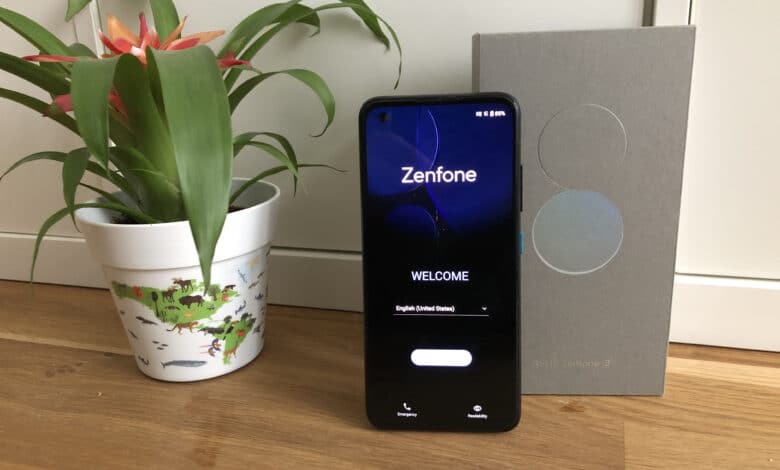
When technology fans hear the name Asus, they mainly think of powerful gaming PCs or extremely slim and portable notebooks. However, the Taiwanese company can also regularly score with convincing smartphones besides high-quality PC technology. The latest device in the in-house smartphone series is called Zenfone 8. We want to take a closer look at whether the strikingly handy device with its comparatively compact design does a good job in practice in our review.
Technical details
| Processor | 2.84 GHz Qualcomm® SnapdragonTM 888 5G Mobile Platform with 5nm, 64-bit Octa-core processor |
| Display | 5.9″ FHD+ (2400 x 1080) Samsung E4 AMOLED display with 120Hz and max 1100 nits brightness |
| RAM and memory | 6 GB/128 GB, 8 GB/128 GB, 8 GB/256 GB, 16 GB/256 GB |
| Sensors | In-display fingerprint sensor, accelerometer sensor, e-compass sensor, proximity sensor, ambient light sensor, gyro sensor |
| Camera | 64MP SONY IMX686 flagship sensor (main camera), 12MP, SONY IMX363 flagship sensor (super wide-angle camera), 12MP, Sony IMX663 (front camera) |
| Protection against water, dirt and dust | Yes, according to IP68 certification |
| Connections | USB2.0 Type-C, 3.5 mm jack, slot for dual SIM |
| Battery | 4,000 mAh, fast charging with 30 watts (included) |
| Dimensions | 148 mm x 68.5 mm x 8.9 mm, 169 grams |
| Price | € 459.69 * |

Scope of delivery
Besides the smartphone itself, there’s not really much in the chic and, more importantly, eco-friendly packaging. Besides the USB-C cable, paperwork, a practical case and the tool for the SIM card slot, the comparatively large power plug is probably the most exciting thing. It offers a full 30 watts of power, which pays off during charging. But more about that later.
Workmanship and design
The Zenfone series has always convinced its fans with high-quality workmanship. Asus can also maintain this positive impression with the Zenfone 8. This is not only due to the frame, which is completely made of metal. The glass back is also chic and handy. Asus uses Corning Gorilla Glass 3 to prevent ugly scratches. The technology experts want to achieve even more protection on the front, the display. Accordingly, Asus relies on Corning Gorilla Glass Victus there.

However, the high-quality components are also reflected in a comparatively high weight. After all, the smartphone weighs 169 grams despite its screen size of “only” 5.92 inches. Users who are interested in the Asus Zenfone 8 can choose between two different colors. Besides the nice-looking “Obsidian Black” of our review sample, the smartphone is also available in “Horizon Silver”. As befits a modern flagship, Asus provides its Zenfone 8 with extensive protection against dirt, dust and water according to the common IP68 certificate.
However, the protection against dirt, dust and water also has its downsides. For example, the range of available ports has been greatly reduced in today’s flagships. This is also noticeable in the Zenfone 8. While older devices in the series offered a microSD port, for example, you will not find it here.
Fortunately, Asus offers a dual-SIM feature that allows you to insert two SIM cards at once. The 3.5 mm jack is also anything but a matter of course. Of course, a USB-C port should not be missing. It is not only used for charging the battery, but also for data transfer. Speaking of charging.
If you want to supply the Zenfone with new energy, you can take a look at the notification LED, which is located right next to the USB-C port. Besides this information, the practical light also informs you about other important events, such as missed calls or messages.
Display
At the first look at the display of the Zenfone 8, I was really impressed. This already starts with the very good brightness values, which reach a peak value of over 1,100 nits. Since the maximum outdoor brightness is 800 nits, the Android phone can easily be used in bright sunlight without having to cope with restrictions in recognizability. Not only the brightness, but also the sharpness is convincing. The Zenfone 8 offers an FHD+ resolution (2400 x 1080 pixels). The Zenfone 8 also offers a refresh rate of 120 Hz so that moving images can be displayed smoothly. This is not only a big advantage when gaming, but also makes itself positively felt when scrolling.
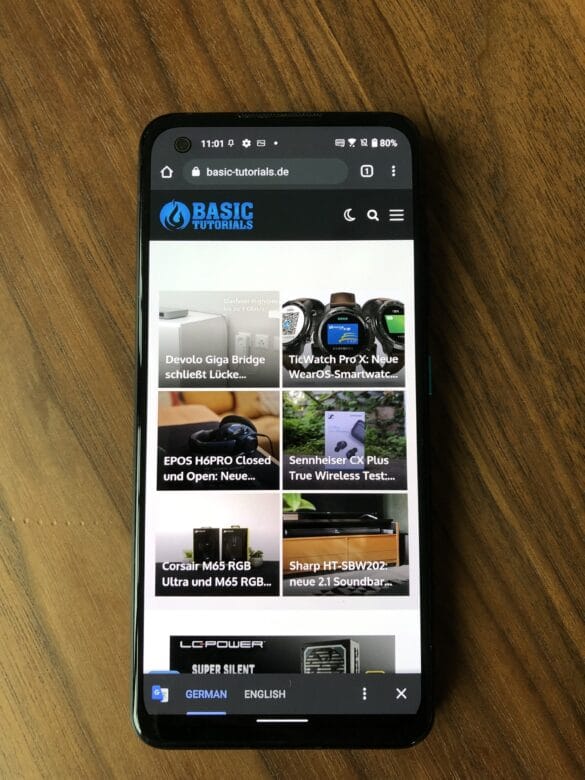
Since Asus relies on a high-quality AMOLED panel, the smartphone can score with both high-contrast and color screen content. This is naturally also reflected in the color space coverage. Thus, the Zenfone 8 offers 157 percent in the SRGB color space and 100 percent in the DCI-P3 color space. All in all, the display proves to be a perfect companion in almost all applications. Whether streaming, reading or gaming – everything is possible here. However, the size is debatable. One or the other will certainly wish for a larger display. As is often the case, however, this is a matter of taste.
The performance
In terms of performance, the Asus Zenfone 8 delivers a real board. However, this is not at all surprising in view of the rich hardware power. After all, the Taiwanese manufacturer uses Qualcomm’s Snapdragon 888. The flagship CPU with a total of eight cores is supported by up to 16 GB of RAM depending on the version. With these features, the Android smartphone is pretty much up to all challenges. The power is already noticed in conventional applications. Since Asus relies on Pure Android and does not make any unnecessary software experiments, the smartphone can concentrate on the essentials and always ran smoothly in the test.
That is a lot of fun, especially in combination with the blazing fast 120 Hz display! Users who want to play games will notice that Qualcomm’s power CPU heats up noticeably under full load. However, the temperature always remained within limits during the test and was by no means uncomfortable in the hands. The performance was also not affected by the heat development. Fortunately, Asus protects the high-quality technology under the hood with a reliable protection against dust, dirt and water. The protection against liquids goes so far that you should even be able to use the smartphone under water up to a depth of 1.5 meters for some time.
The camera
Now let’s take a look at the camera performance. If you take a look at the camera module, it quickly becomes clear that Asus has not put its main focus on the same technology. Unlike many other Android flagships, the Taiwanese manufacturer “only” uses a dual camera. It consists of a main camera (64 megapixels) and a super-wide-angle camera (12 megapixels). Thanks to the built-in image stabilizer, a smooth camera movement should also be ensured.
If you consider yourself more of a video than a photographer, you can of course also shoot movies with the Zenfone 8. A maximum resolution of 8K is possible here. If you opt for the highest possible resolution, 24 frames per second are possible. Those who want smoother recordings with 60 frames per second can shoot videos with a still pleasingly sharp 4K. We find it a bit of a shame that Asus does not install a zoom lens here.
Of course, there are not only cameras on the back. The Zenfone 8 also has an obligatory selfie camera on the front. The small camera at the front resolves with 12.2 megapixels, which is perfectly sufficient. But not only the resolution is good. On top of that, the front lens also offers autofocus. This is anything but standard and proved to be an extremely effective feature in practice.

But what do the photos actually look like that you can shoot with the Zenfone 8. One word that best describes the picture quality is probably “solid”. Especially in daylight, you can shoot really nice photos here. This positive impression in bright environments, turns into a negative in twilight. Finally, the pictures of the flagship are really poor in low-light conditions. The selfie camera, on the other hand, scores with a good camera quality.
The battery life
In the test, the Zenfone 8 proved to be a really enduring smartphone. In view of the slim design, you would not expect this endurance at all. The 4,000 mAh battery easily lasted a day under normal load for me. Once the battery is empty, recharging is inevitable. And Asus’ flagship convinces here as well. The battery is fully recharged after less than 90 minutes thanks to the included power adapter with fast charging feature (30 watts of power).
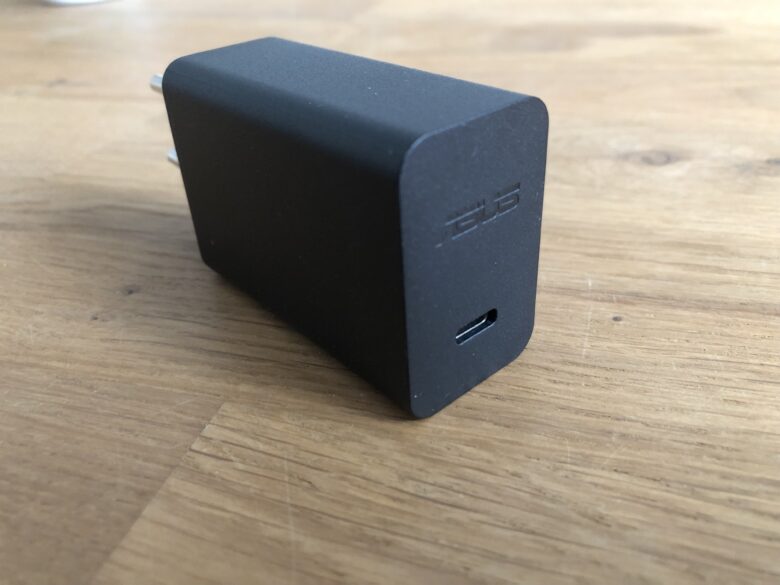
If it ever has to go fast, this is also no problem. Finally, the battery already had a capacity of 60 percent after just under 30 minutes of charging. After just under 40 minutes, the battery level was already at 80 percent. What does not match the Zenfone 8’s flagship impression at all is the missing wireless charging feature. Since this has been standard in the competition for quite some time, Asus could have quietly followed suit.
Other features
To unlock the Zenfone 8, you have to let the device scan your fingerprint. The corresponding sensor is located underneath the display. It worked quickly and reliably in practice. If you prefer more modern solutions, you can also use facial recognition. However, it should be noted that its security cannot be compared with Apple’s FaceID. In both cases, the setup was quick and uncomplicated. Furthermore, the smartphone features the latest wireless connectivity standards with 5G, Wi-Fi 6 and Bluetooth 5.2.
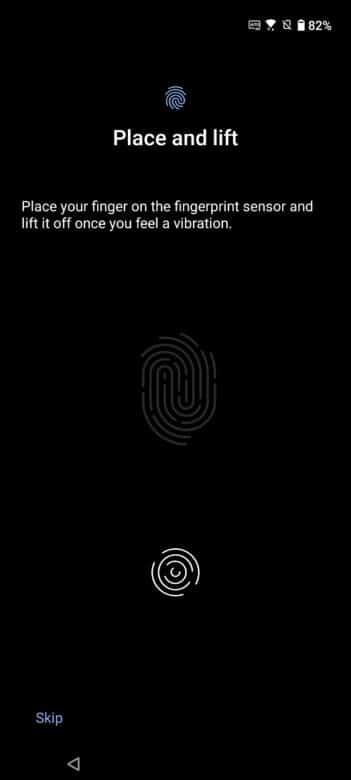
Of course, NFC should not be missing either. The dual-SIM feature, which enables the use of two SIM cards, is particularly cool. Music fans will be happy about the increasingly untypical 3.5 mm jack. You can connect conventional headphones here. The built-in speakers provide a good sound even without external devices thanks to Dirac HD Sound. Podcasting in between should not be a problem even for demanding ears.
Conclusion
Asus delivers a serious competitor for the Android flagships from Samsung, Xiaomi & Co. with its Zenfone 8. Besides a chic design and high-quality build, it also scores with a very strong performance and endurance. The camera also delivers good results in good light conditions. However, it unfortunately disappoints in dim light and darkness.
However, a real reason for buying the smartphone might not be the pure hardware power, but the almost untypical size of the Asus smartphone. With its almost 5.9-inch screen, it is comparatively small for a modern flagship. If you are not a fan of the common “phablets” and still want a lot of power, you should definitely take a look at the Zenfone 8.
ASUS Zenfone 8
Workmanship
Hardware
Multimedia
Performance
Battery
Value for money
87/100
Asus' Zenfone 8 is a powerful smartphone with a pleasingly compact design that hardly leaves anything to be desired. However, those who want a strong camera performance should rather look at the competition.



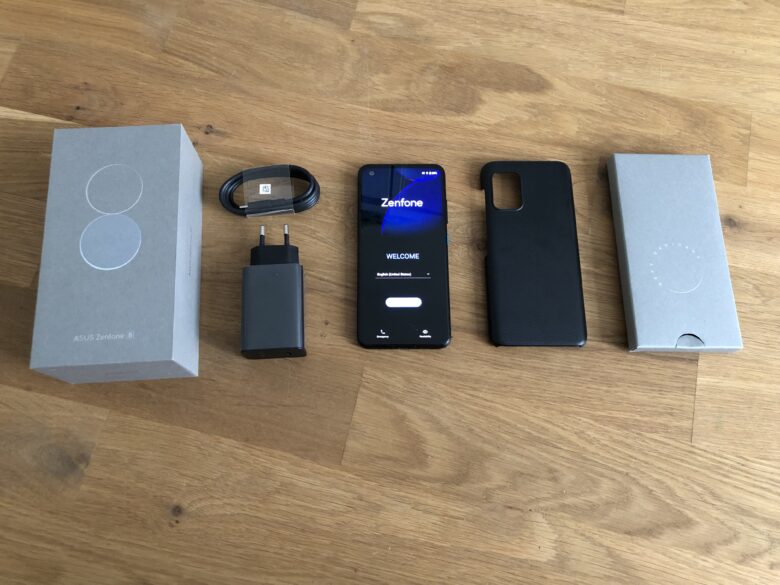

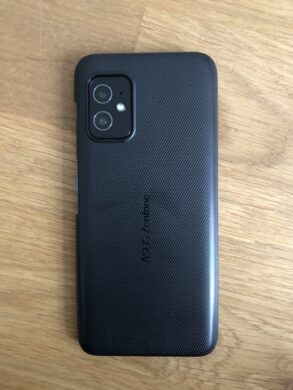
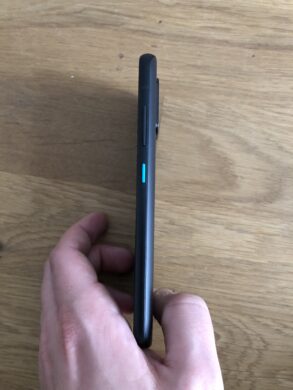


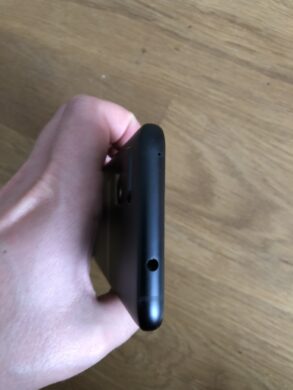





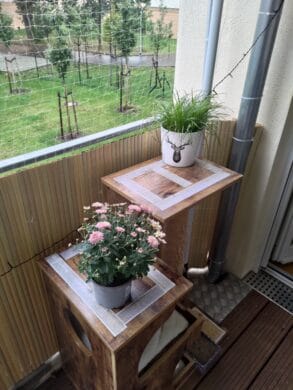





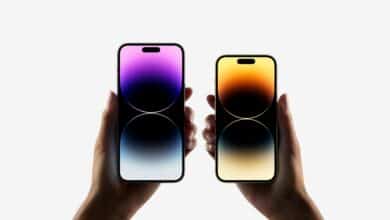
No replies yet
Neue Antworten laden...
Neues Mitglied
Beteilige dich an der Diskussion in der Basic Tutorials Community →